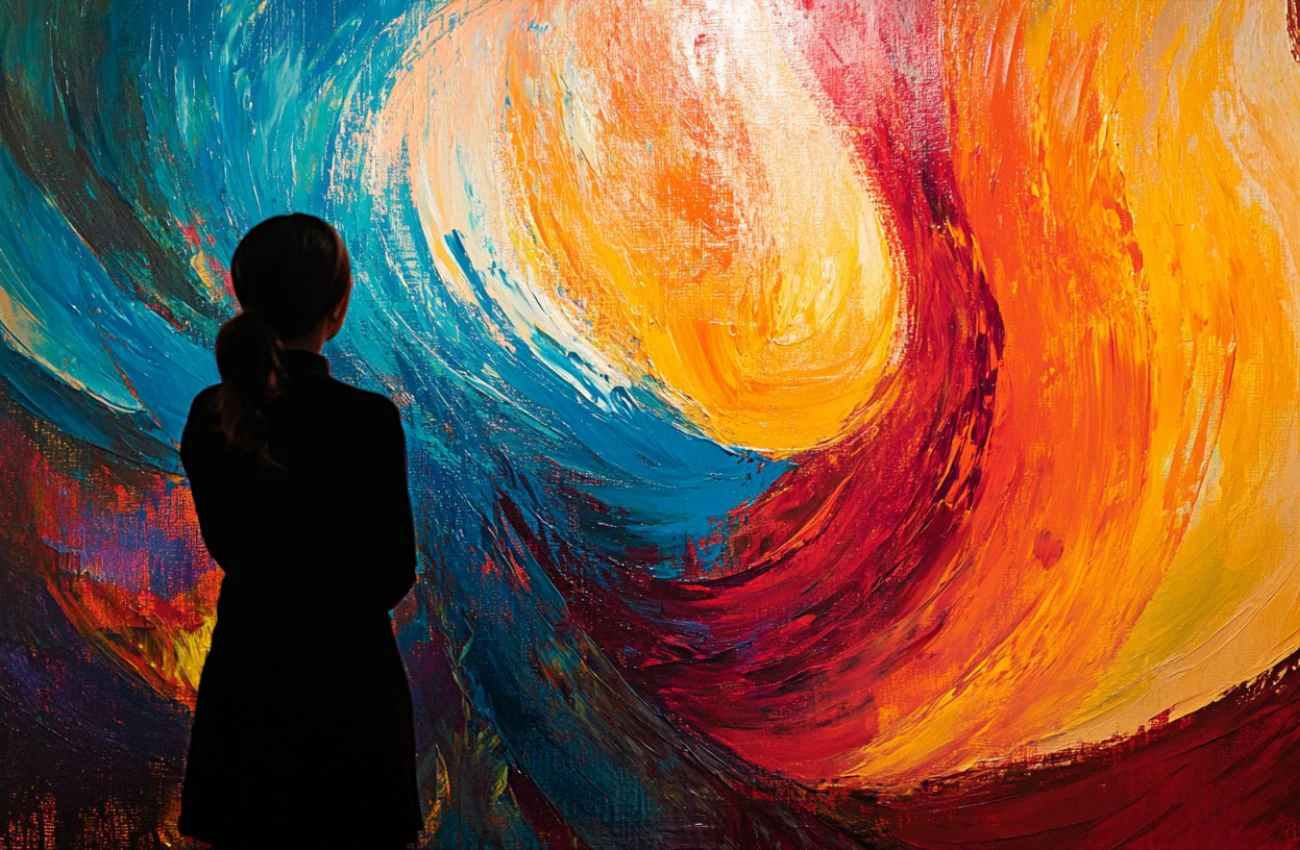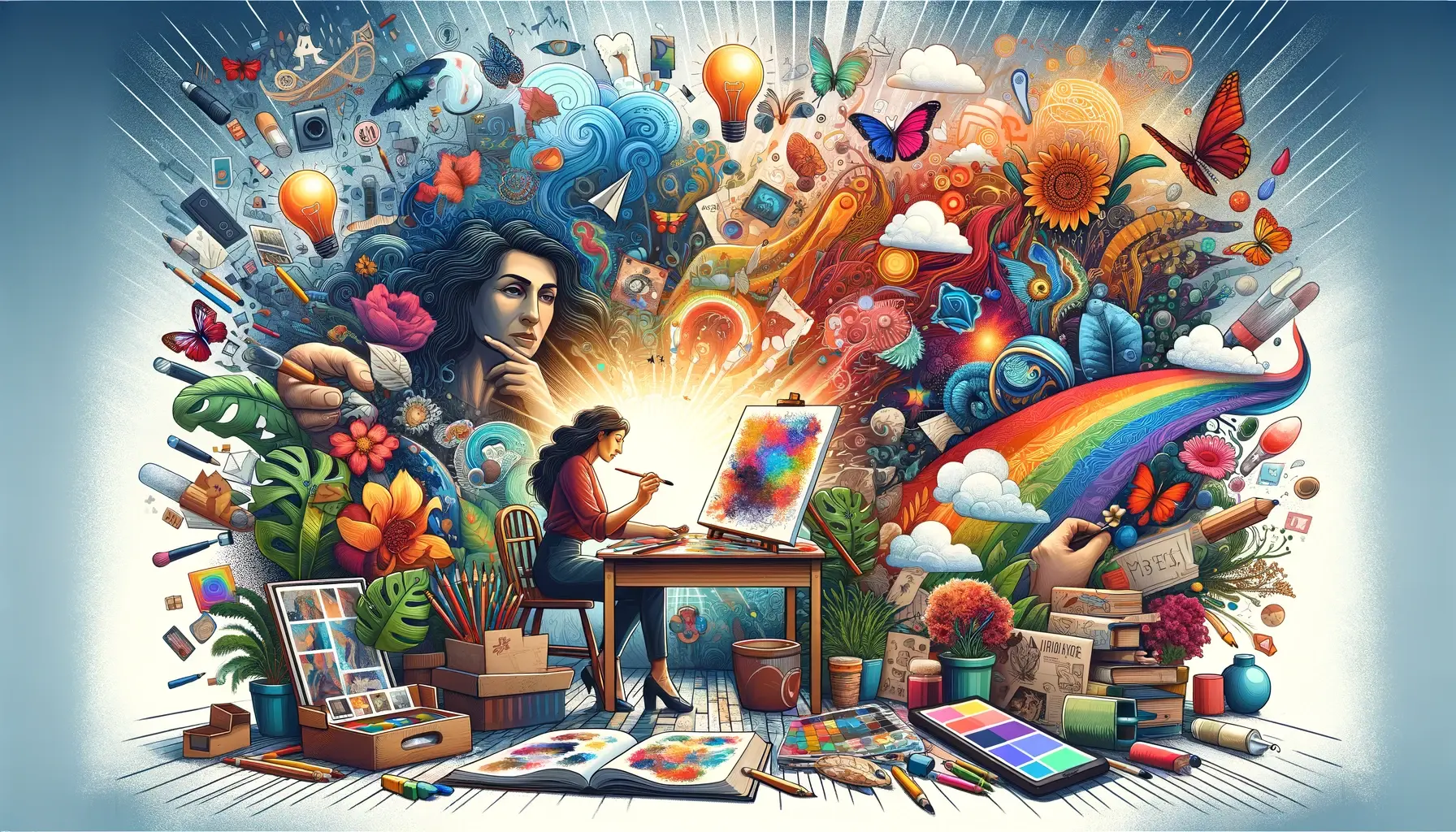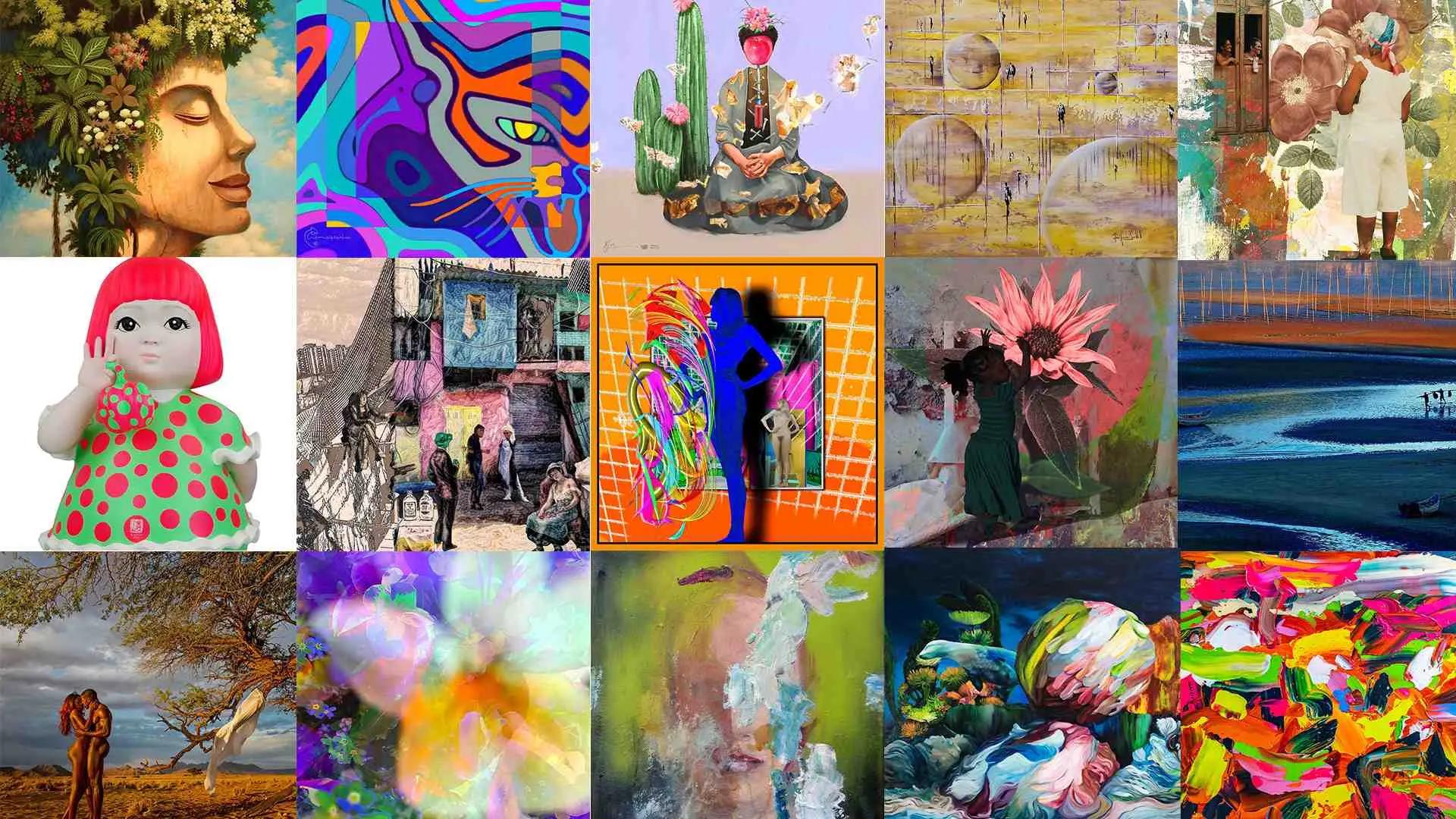Art has been a central part of human life for thousands of years. From the earliest cave paintings to the modern masterpieces displayed in galleries today, art serves as both a reflection of and a response to the world around us. It is not just a form of personal expression; it plays a vital role in shaping societies, influencing cultures, and fostering connections between individuals. The role of art is multidimensional and far-reaching, impacting everything from politics and religion to personal identity and emotional well-being. But what exactly is art’s role in society, and why is it so essential to the human experience?
This article aims to delve deeply into the significance of art in our lives, exploring its historical, cultural, personal, and economic contributions to the world. Through this exploration, we will gain a better understanding of how art has not only been shaped by society but also how it continues to shape society in turn.
The Historical Significance of Art
Throughout history, art has served as a fundamental way for humans to communicate, document, and make sense of the world. The earliest examples of human art can be found in the caves of Lascaux, France, where prehistoric paintings of animals and human figures have been dated back over 17,000 years. These early works were not only attempts to represent the world as people saw it but also served spiritual, ritualistic, and functional purposes. For example, cave paintings may have been created as part of hunting rituals or to invoke the aid of supernatural forces in securing a successful hunt.
As civilizations developed, so did the role of art. In Ancient Egypt, art became a means of reinforcing social hierarchy and religious beliefs. The grandeur of Egyptian art was meant to honor the gods and preserve the power of the pharaohs for eternity. Ancient Greek and Roman art, on the other hand, focused more on celebrating human beauty, the potential of the individual, and the natural world. These societies laid the foundations for the artistic ideals that would define Western art for centuries.
The Middle Ages saw art deeply intertwined with religion, with Christian symbolism dominating much of European art. Cathedrals, illuminated manuscripts, and religious paintings were all designed to convey the divine and communicate religious narratives to a largely illiterate population. It was during the Renaissance, however, that the role of the artist began to shift. Artists like Leonardo da Vinci and Michelangelo, fueled by the spirit of humanism, started to focus on the human experience itself, exploring subjects like anatomy, perspective, and individuality in ways that had never been done before.
The evolution of art throughout history tells a story of a growing understanding of the human experience, a desire to reflect and understand the world, and a continuous push toward innovation and self-expression.
Art as a Reflection of Society
Art is, in many ways, a mirror of society. It not only reflects the cultural, political, and economic climate of its time but often serves as a commentary on it. Artists have long used their work to address social issues, question authority, and challenge societal norms. Art becomes a powerful tool for questioning the status quo, making it a key instrument of social and political change.
Take, for example, the rise of protest art in the 20th century. Works like Picasso’s Guernica were created in response to the horrors of the Spanish Civil War, and the painting has since become a symbol of anti-war sentiment and a call for peace. Similarly, during the Civil Rights Movement in the United States, artists like Jacob Lawrence and Charles White used their work to highlight the struggles of African Americans and to advocate for racial equality. Art became not just a reflection of reality but a powerful agent of change, pushing people to rethink their values and their understanding of the world.
Even in the present day, contemporary artists continue to use their work to address pressing social issues. Street artists like Banksy use public spaces as their canvas to critique political and social structures, drawing attention to issues such as consumerism, war, and social inequality. These works often provoke conversations, challenge perceptions, and inspire movements for change.
In this way, art serves as both a reflection of society and a catalyst for societal transformation. It can shine a light on injustices, express the hopes and dreams of marginalized communities, and prompt viewers to reconsider their place in the world.
Art as a Tool for Emotional and Psychological Healing
Beyond its social and cultural significance, art also plays a crucial role in emotional and psychological healing. Many people find comfort, solace, and catharsis through art, whether by creating it or experiencing it. Art therapy, a practice that uses the creative process to help individuals express their emotions, has become a widely recognized form of therapy for those dealing with trauma, mental illness, or emotional distress.
The act of creating art allows individuals to process difficult feelings that might otherwise be hard to articulate with words. For example, someone struggling with grief might paint a picture of their lost loved one, creating a visual representation of their emotions. In this way, art provides a safe space for individuals to explore and express their innermost feelings, without fear of judgment or misunderstanding.
Moreover, the act of engaging with art—whether it’s viewing a painting, listening to music, or watching a film—can also have therapeutic benefits. Studies have shown that exposure to art can reduce stress, lower blood pressure, and promote feelings of relaxation and well-being. Whether it’s the calming influence of a landscape painting or the emotional resonance of a piece of music, art has the power to heal and restore balance in our lives.
This healing power of art is not limited to those experiencing personal crises. Everyone can benefit from the emotional enrichment that art offers, whether it’s through experiencing beauty, contemplating complex themes, or engaging in a creative practice. Art offers a safe space for introspection and a way to connect with the deeper parts of ourselves.
Art and Identity: Personal and Collective Expression
Art also plays a central role in the formation and expression of personal and collective identity. Through art, individuals and communities can explore who they are, where they come from, and what they stand for. This is particularly true for marginalized groups, who have used art as a means of asserting their identity and advocating for their rights.
In indigenous communities, for example, art has long been a vehicle for preserving cultural traditions and passing down knowledge from one generation to the next. Native American art, African art, and Aboriginal Australian art all carry deep spiritual and cultural significance, expressing a connection to the land, ancestors, and communal values. Through art, these cultures have been able to maintain their identities in the face of colonization and cultural assimilation.
Similarly, for individuals, art can serve as a way of expressing one’s unique identity. Artists often explore themes of self-identity, gender, sexuality, and race through their work, challenging traditional notions and expressing the complexity of the human experience. The rise of digital art and social media has also allowed individuals to share their work with a global audience, giving voice to those who may have been silenced in the past.
Art, therefore, serves as both a personal and collective medium for exploring and asserting identity. Whether through self-portraits, narratives, or collective works, art allows people to express their uniqueness and their place within society.
The Economic Impact of Art
While the cultural and emotional value of art is immeasurable, it also has a significant economic impact. The global art market is a multibillion-dollar industry, with auctions, galleries, and museums driving substantial economic activity. The sale of artworks by well-known artists, such as Picasso, Van Gogh, and Warhol, can fetch millions of dollars, while art galleries and museums serve as major cultural and tourist attractions.
Cities with rich artistic traditions, such as New York, Paris, and London, draw millions of tourists each year, contributing to local economies. The tourism industry, in turn, generates jobs and supports businesses like hotels, restaurants, and transportation services. Large-scale public art festivals, such as the Venice Biennale and Art Basel, also attract international attention and contribute to the global art economy.
In addition, the art industry provides employment to a wide range of professionals, including artists, curators, art critics, historians, and restorers. It also supports ancillary industries, such as printing, framing, and marketing. The continued demand for art and art-related services has made the art world a key player in the global economy.
Conclusion
The role of art in society is vast and multifaceted. From its earliest forms as a tool for communication and preservation to its present-day role as a catalyst for social change and personal healing, art has proven to be an essential part of the human experience. Art allows us to explore our emotions, question societal norms, assert our identities, and make sense of our place in the world.
Whether we are creating it or experiencing it, art has the power to connect us to one another, to our shared history, and to our deepest selves. As society continues to evolve, art will remain a fundamental force in shaping our world. It is through art that we can express our most profound thoughts, challenge the status quo, and imagine new possibilities for the future.
As we move forward, it is essential that we continue to support and celebrate art in all its forms—whether through public funding, personal appreciation, or cultural engagement. Art is not just a luxury or an afterthought; it is a vital, living force that touches every aspect of our lives. In this sense, art will always be a cornerstone of our collective human experience, and its importance will never diminish.




